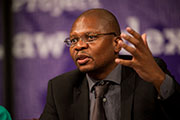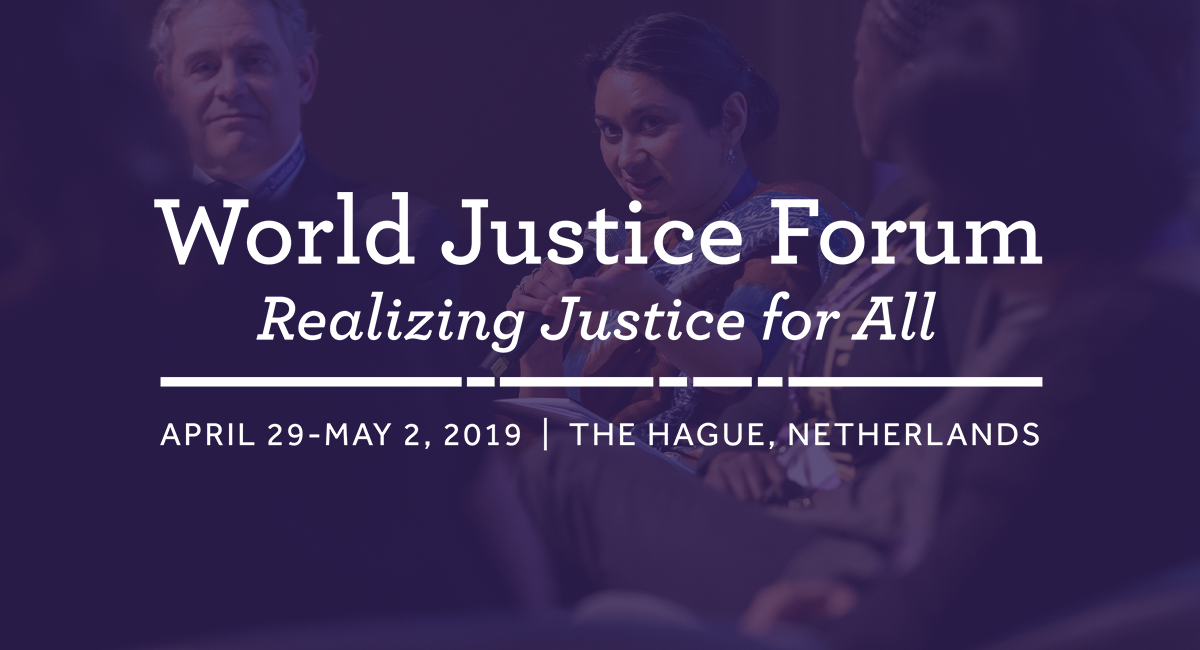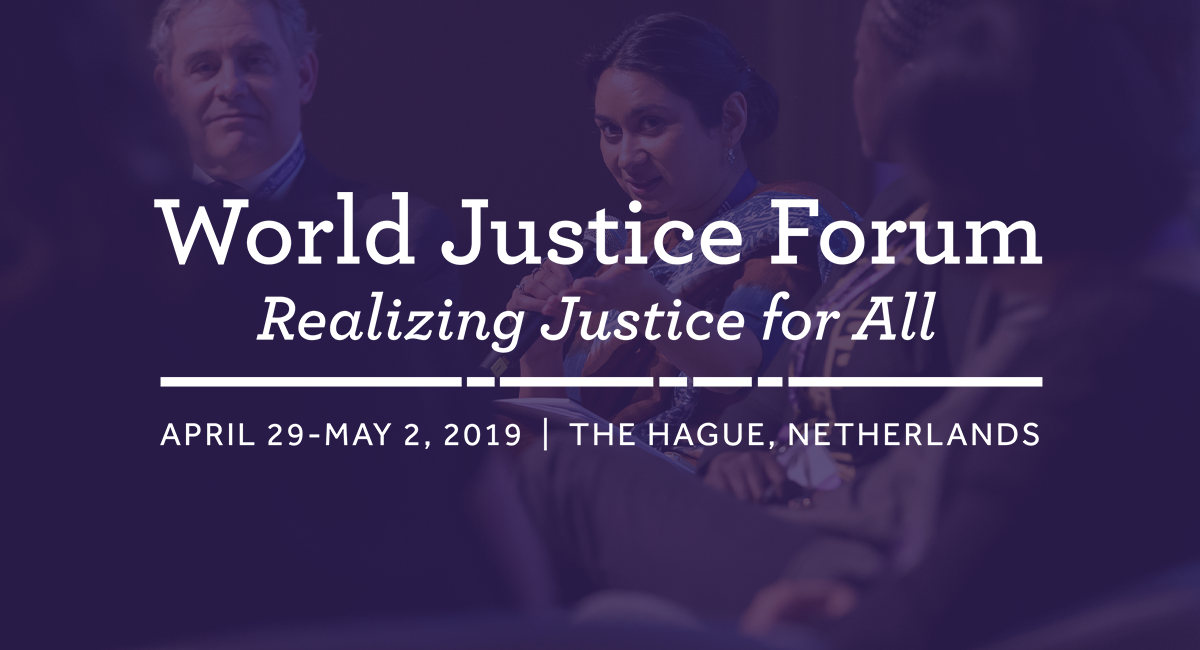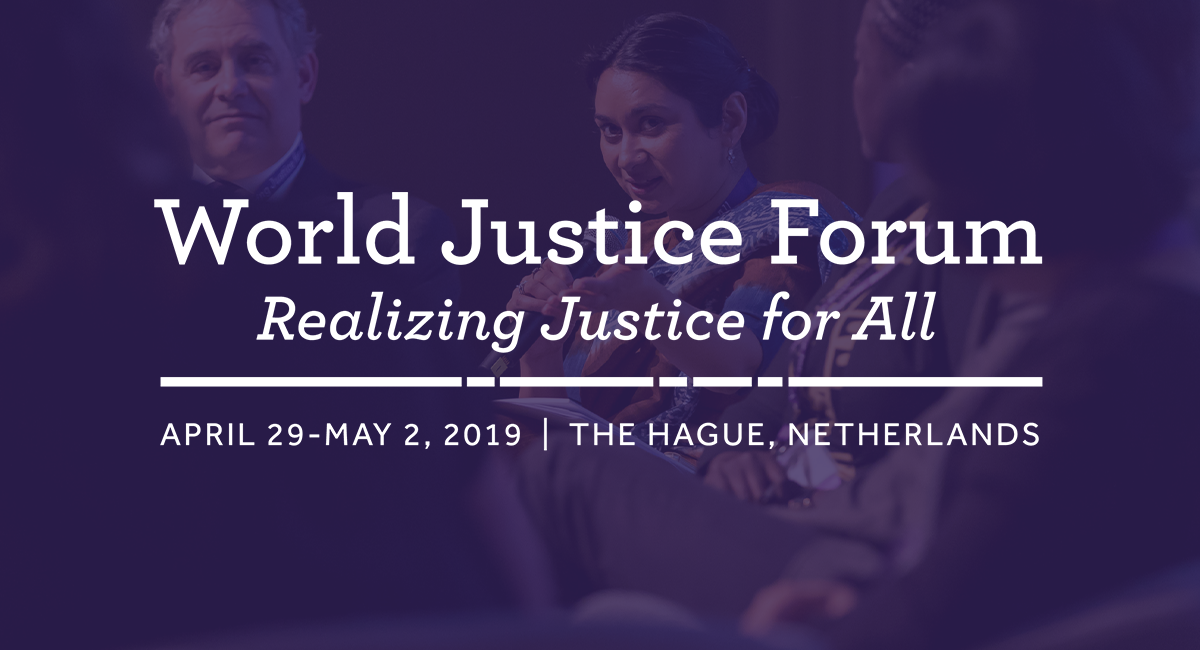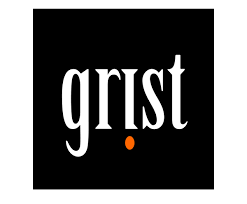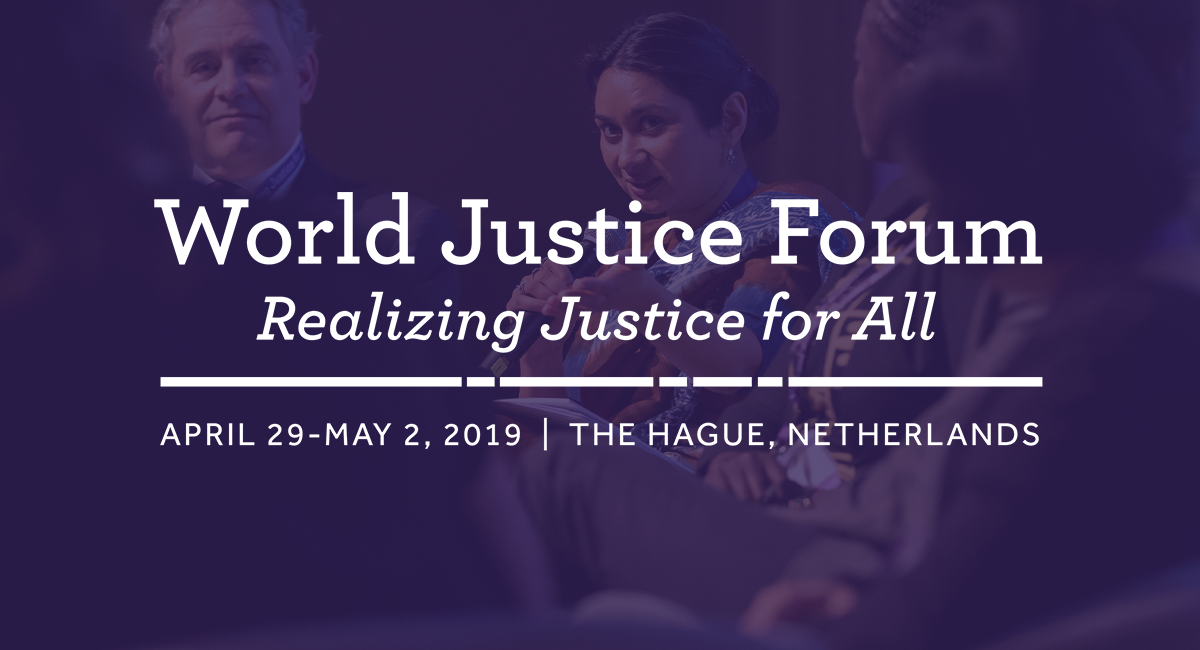As Myanmar emerges from decades of isolation and military rule, MyJustice has provoked a broad-based public conversation about what justice means and where it can be found. Using data about justice needs and perceptions, people joined in Myanmar’s largest campaign using social and mass media to challenge injustice. The MyJustice campaign sought to use a wide variety of communication tools that would access and engage the population. This resulted in the “Let’s Talk” campaign, which used mass media, social media, and community events to espouse a positive message and advocate for fairness and equality for everyone, especially ethnic minorities, the Muslim population, and the LGBT community. Participants were taught how strategic communications can complement community-based solutions to promote access to justice in a politically informed and adaptive way.
Read the full summary for this working session.
Additional Resources:

